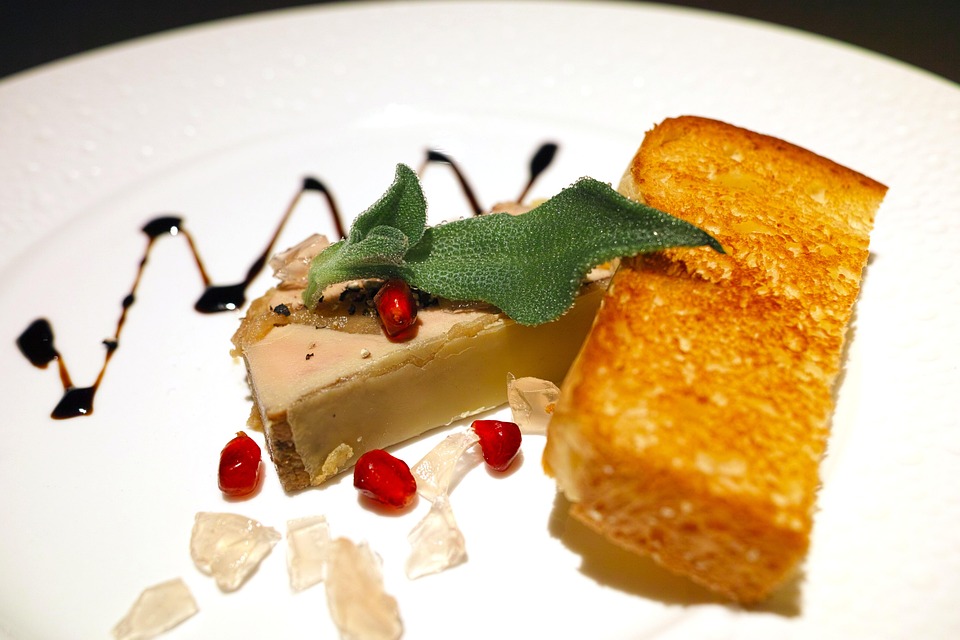French gastronomy is a rich tapestry woven from the diverse landscapes, cultures, and historical influences across the country. Each region boasts its own unique ingredients, culinary techniques, and traditional dishes, creating a vibrant mosaic of flavors. This article takes a journey through the regions of France, exploring how local produce shapes the gastronomic identity of each area, and why the concept of “farm to table” is deeply embedded in French culture.
The Essence of Terroir
Central to French gastronomy is the concept of "terroir," which refers to the unique characteristics imparted by a particular place—its soil, climate, and geography. French chefs and home cooks alike pride themselves on using local, seasonal ingredients that reflect the terroir, ensuring that each dish tells the story of its origin.
Northern France: Coastal Delicacies and Dairy Riches
Normandy is celebrated for its dairy products, particularly creamy cheeses like Camembert and Neufchâtel. The region’s lush pastures are ideal for grazing cows, and the rich milk is used to craft not only cheese but also buttery sauces such as the famed beurre blanc. Seafood is also paramount in Normandy, with the region’s coastal access yielding fresh oysters, mussels, and sole.
Heading further north, Nord-Pas-de-Calais showcases its regional specialty, carbonnade flamande—a hearty beef stew made with local beer. This area emphasizes the use of robust flavors, stemming from a history of agriculture and brewing.
Brittany: A Maritime Influence
Brittany is a land bordered by the Atlantic, and its culinary identity is heavily influenced by the sea. The region is known for its crêpes—thin pancakes filled with sweet or savory ingredients—and seafood dishes like cotriade, a fish stew.
Moreover, the locals prioritize the use of seasonal produce, with items such as artichokes and strawberries star players in many dishes. The farm-to-table ethos thrives here, as many chefs source their ingredients from local markets and fisheries.
The Heart of France: The Loire Valley
Often referred to as the "Garden of France," the Loire Valley is renowned for its vegetables and fruits, from asparagus and mushrooms to peaches and melons. The region is dotted with vineyards producing exquisite wines that complement its fresh produce.
In the Loire, dishes like tarte Tatin—a caramelized upside-down apple pie—highlight local flavors and seasonal fruits. The region’s commitment to using fresh ingredients allows chefs to create dishes that are both comforting and reflective of their agricultural heritage.
The South: Spices of Provence and the Mediterranean
In contrast, Provence speaks to the senses with its vibrant colors and bold flavors. Olive oil, lavender, herbs de Provence, and sun-ripened tomatoes feature heavily in the local cuisine. Ratatouille, a vegetable medley, showcases the fantastic produce of the region and embodies the farm-to-table philosophy, as the dishes are often created with seasonal crops from local markets.
The Mediterranean influence is strong in the southern regions, with seafood and herbs taking center stage. Bouillabaisse, a traditional fish stew, brings together the ocean’s bounty, while local rosé wines complement the warmth and vibrancy of Provencal dishes.
The East: Gastronomy of Alsace and Lorraine
The regions of Alsace and Lorraine bring a unique blend of French and Germanic influences. Known for hearty dishes, Alsace is home to choucroute garnie—a sauerkraut dish served with a variety of sausages—and tarte flambée, similar to pizza but topped with crème fraîche, onions, and bacon.
This region is also famous for its wines, particularly Riesling and Gewürztraminer, which pair beautifully with the robust flavors of the Alsatian cuisine.
The Culinary Capital: Lyon
No exploration of French gastronomy would be complete without a nod to Lyon, often considered the culinary capital of France. The city is famous for its "bouchon" eateries, where traditional dishes like coq au vin and quenelles can be savored. Lyon’s closeness to both the Alps and the Rhône Valley means an abundance of fresh, diverse ingredients, making it a hub for innovative cuisine.
The culinary scene is vibrant and relies heavily on local farms and markets. Chefs take pride in experimenting with local ingredients, crafting dishes that are both classic and modern.
Conclusion: A Culinary Journey
The journey from farm to table in France is not just about food; it is a celebration of culture, history, and community. From the coast of Normandy to the sun-kissed markets of Provence, the regions of French gastronomy each contribute their own flavors and stories.
As you explore French cuisine, consider not just what is on your plate, but the journey each ingredient has taken from the earth to your table. Emphasizing freshness and locality, French gastronomy continues to inspire chefs and home cooks alike, reminding us of the importance of recognizing and celebrating the origins of our food. In every bite, the essence of French culture is revealed—one that is deeply connected to the land, its people, and their traditions.



